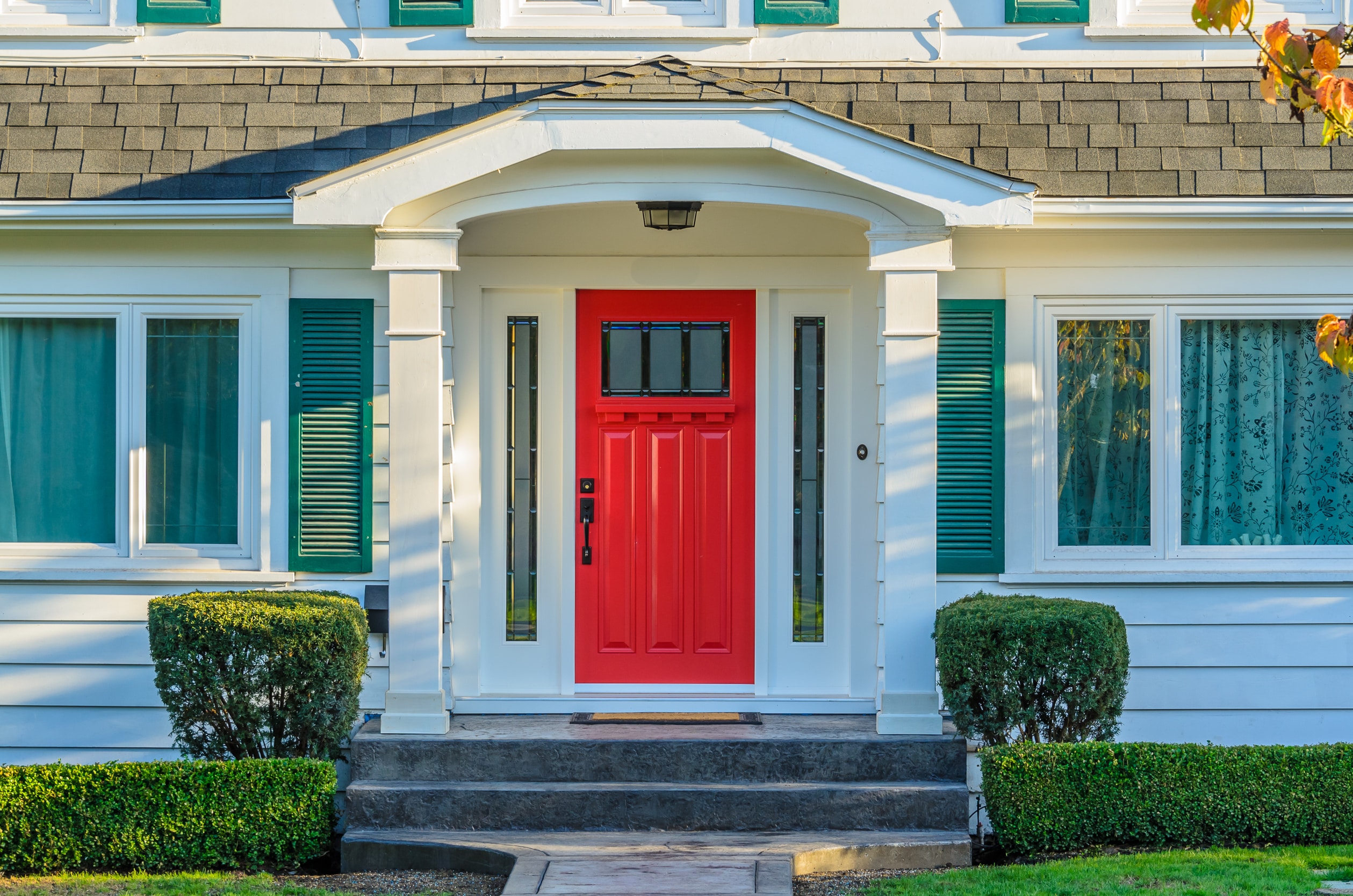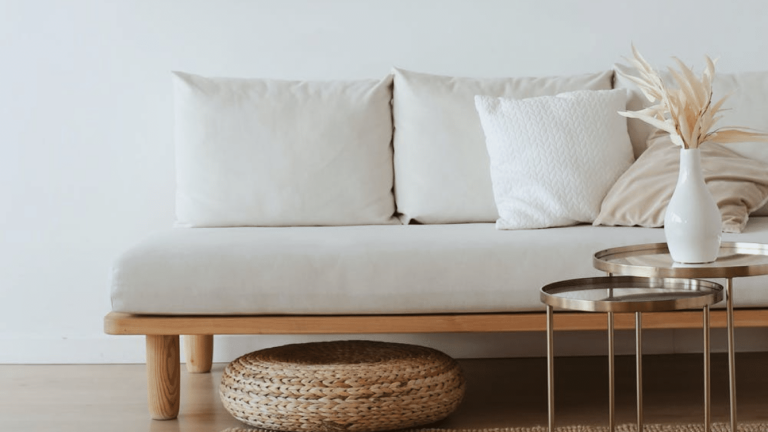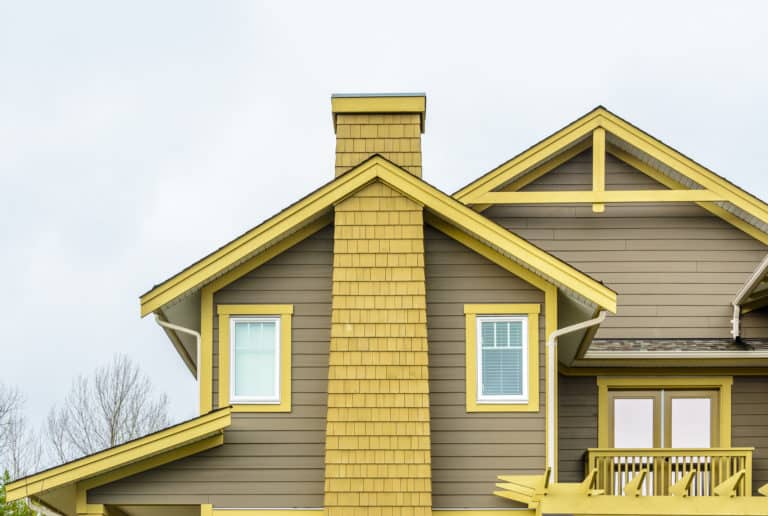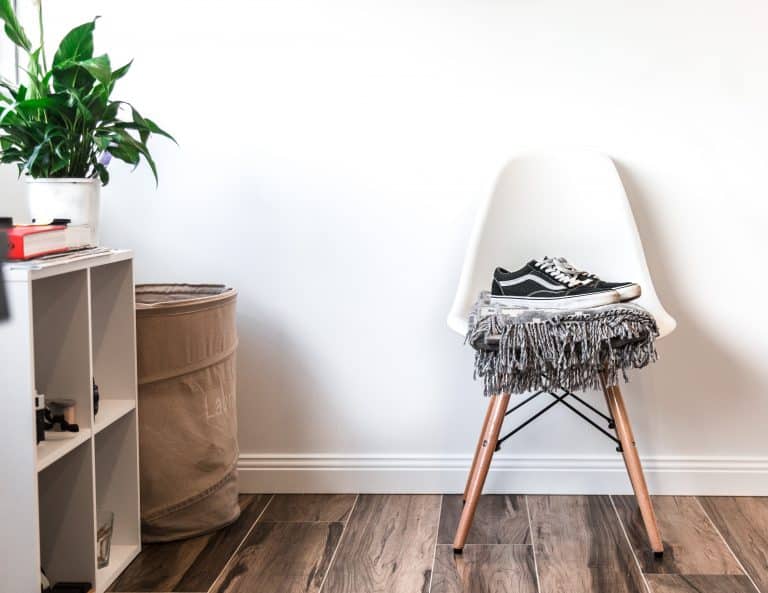For many folks, hopping from one open house to the next is the most fun part of buying a home.
Stepping into a new home is a little like trying on a new life. What if this is your future? How will your life be different if this is the dining room where you host future Thanksgiving dinners? If this is the yard where your children play?
But if you’ve never owned a home before, or if it’s been awhile since you shopped for homes, it’s easy to get so caught up in imagining the future in a particular home that you fail to notice problems with the home in the present.
First-time homebuyers often fail to notice key issues at open houses. So before you head to your next open house, make sure you’re paying attention to these four things.
Signs of Neglect
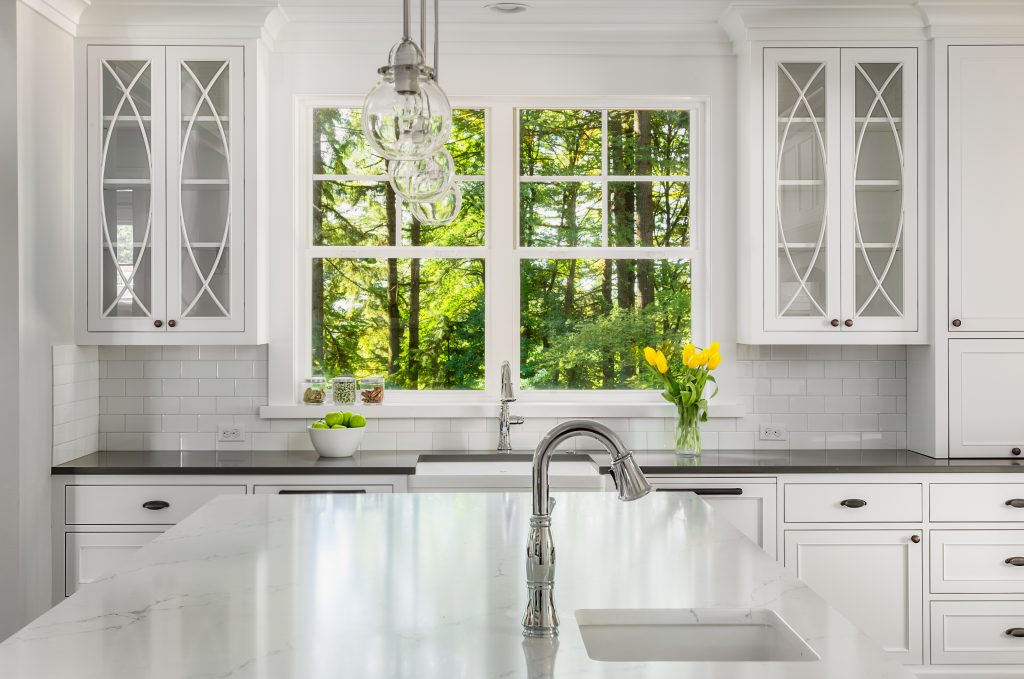
Even rookie homebuyers know to look out for condition issues at an open house. But catching all of the potential issues in a home isn’t easy, even if you know to look for problems. Remember: sellers also know that would-be buyers are looking for trouble spots. Many sellers and real estate professionals will do their best to make flaws and potential problems a little less obvious.
As a homebuyer, it’s your job to see through careful staging to get the real scoop on the house. That rug that really pulls the dining room together? It might be concealing goofed up flooring. Those curtains could be covering poorly sealed window frames.
Take a look in the cabinets. Open and close all the doors. Gently try to wiggle the shelves in the closet. Try the light switches. Flush the toilet. If people have been living in the home you’re considering, wear and tear on the place is inevitable. Try not to worry too much about superficial issues: scuff marks on a wall can be covered with a quick coat of paint.
But though you’re bound to find some issues, pay extra attention to any issues that might indicate that maintenance on the home has been neglected or deferred. Stains on the ceiling can indicate roof leaks. Warped baseboards can signal past or ongoing water damage.
Remember too that a homeowner who hasn’t bothered to repair cracked caulking around the tub is frequently also the kind of homeowner who hasn’t serviced the furnace or boiler regularly. A poorly maintained home is a potential headache waiting to happen, so remember that even relatively benign condition issues could clue you into the potential for larger, less-visible structural issues.
Funky Aromas
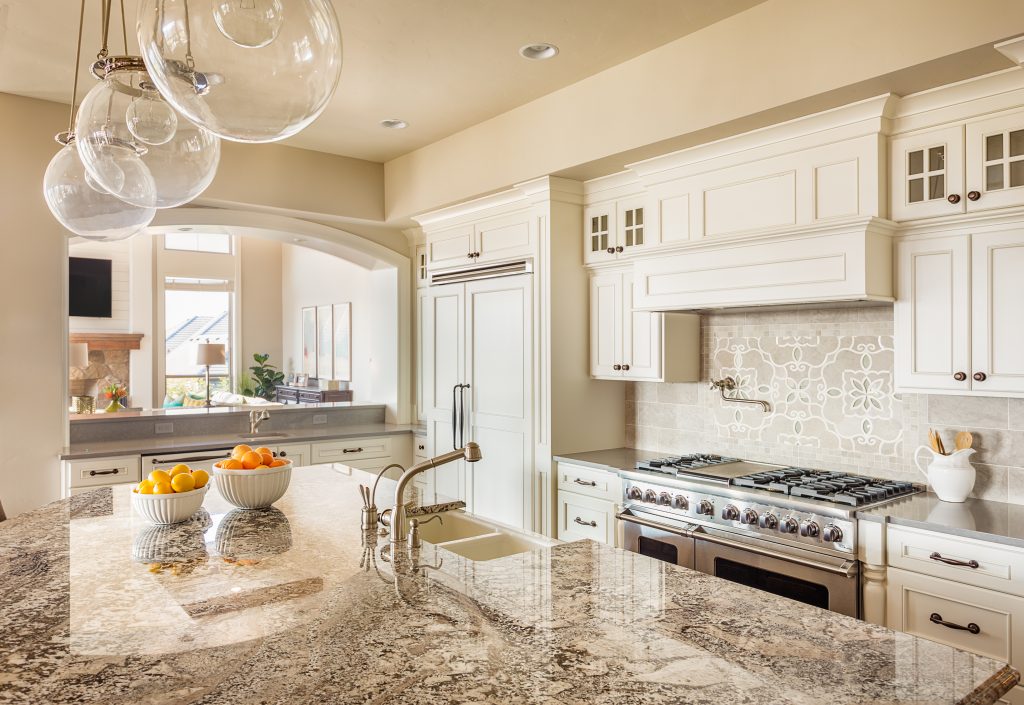
Sellers and Real Estate professionals alike know that smells can have a powerful emotional impact on potential homebuyers. You’ve probably heard about real estate agents baking bread or cookies, or using fresh and fragrant floral arrangements to brighten up rooms throughout the home. Warm, inviting scents can be very appealing. But they can also be used to mask funky smells you’d have to deal with if you buy the place.
Go ahead and enjoy the floral arrangements or fresh baked goods, of course, but do be a little bit wary: if every room smells like it’s been doused in perfume, there’s a reason. (It’s probably not a pleasant one.)
While you’re at the open house, take a good sniff around. Inhale deeply in basements, bathrooms, and periodically throughout the home. Your nose could tip you off to pet damage, water issues, or mildew that you may not spot with just your eyes.
Noise Levels
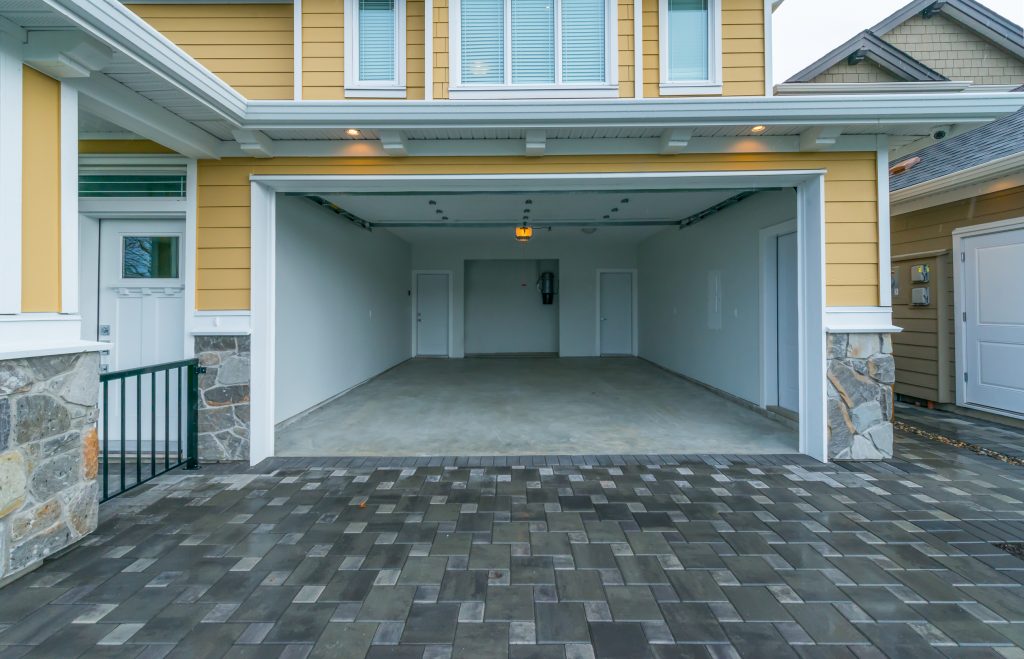
A bustling open house can potentially muffle the sound of a nearby highway or a neighbor’s noisy dogs. So while you’re at the open house, try to take a moment to stop and listen to the surroundings. Can you hear birds? Cars? A neighbor’s son’s garage band? Noise issues can seriously affect your quality of life as a homeowner, and too often people don’t think about noise until they’ve moved into their new space.
Also, even if all seems quiet during the open house, think about potential noise levels at other times of the day or year. Old fashioned steam-radiators that are silent in the spring and summer may clank and whistle all winter. Neighborhoods that are quiet Sunday mornings may not be so quiet Friday nights. Schools, factories, or stadiums nearby could be pretty loud, if only occasionally.
Potential Neighbors

Most first-time homebuyers remember to consider a home’s proximity to schools, stores, restaurants, and their places of business. But frequently, first-time homebuyers neglect to consider the people occupying the buildings nearest to their potential new home: their neighbors.
While you’re at an open house, look out all of the windows with an eye toward your future privacy: remember, if you can see into your neighbor’s home from inside the house, they’ll also be able to see into yours.
On your way to or from the open house, consider driving around or even taking a walk to get a feel for the neighbors and the area. Are people out walking dogs? Is there evidence of children in the yards?
It’s also not unusual for neighborhood people to show up at a local open house, just our of curiosity. If you overhear a fellow open house attendee say that she’s in just from the neighborhood, asking a few polite questions about what it’s like to live nearby could be invaluable.
Got all that? If it helps, try to remember the four N’s: Neglect, Nose, Noise, Neighbors. Keeping these issues in mind can help you make an informed decision on your future home purchase. (Looking for more tips? You can check out our handy house hunting guide. And of course, if you’re ready to sort out the mortgage financing for your home, we’re ready to help.)
